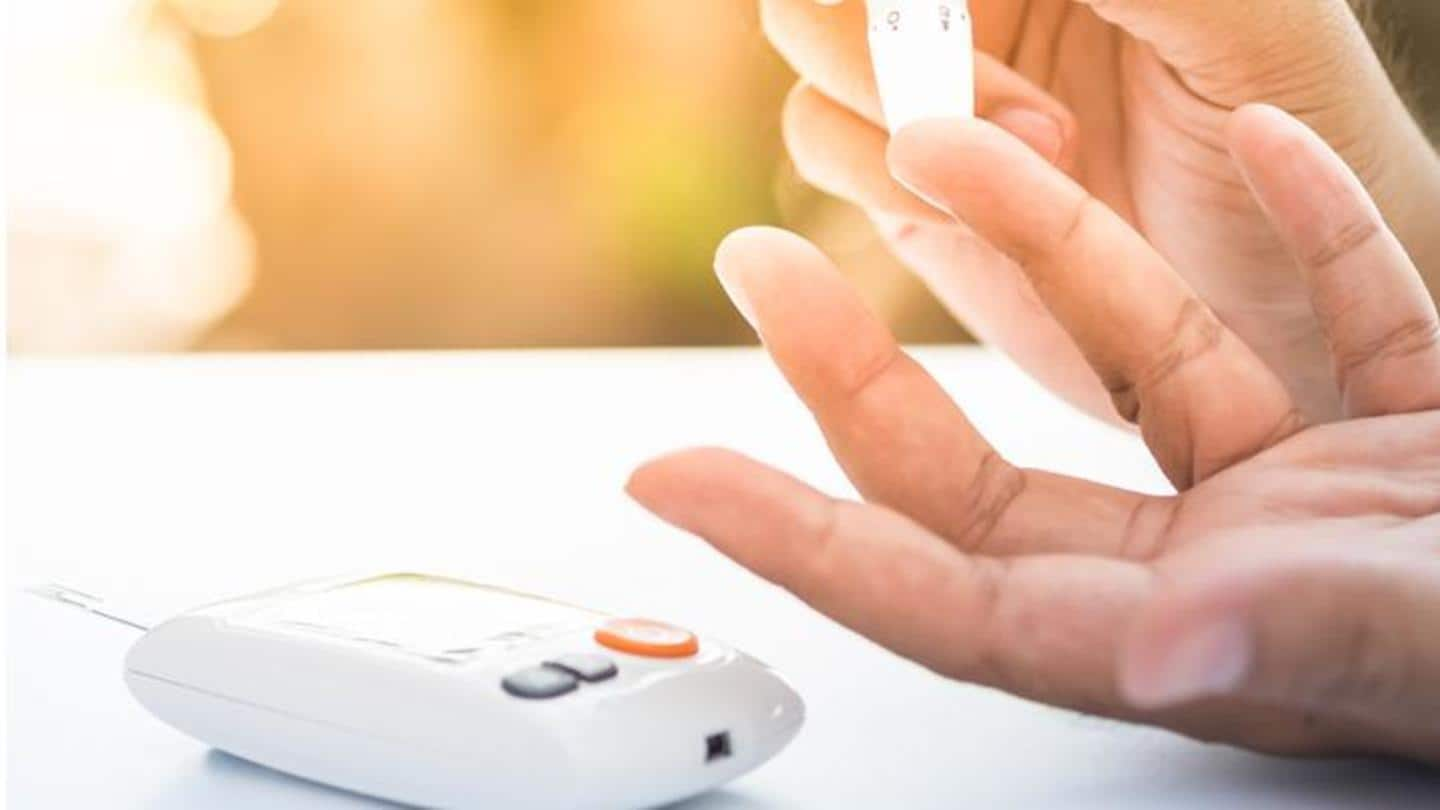
#HealthBytes: Here's everything you should know about the RBS test
What's the story
A Random Blood Sugar (RBS) test measures the glucose levels in the blood, and it is done to understand if a person is likely to have diabetes.
Unlike normal blood tests, RBS can be done any time of the day and is usually carried out when a person requires a speedy diagnosis.
Other alternatives to RBS include Tolerance Test and Fasting Blood Sugar Test.
Information
Why your doctor may advise you to take RBS test
RBS is one of the first tests to check for diabetes.
If you approach your doctor with symptoms like blurred vision, numbness or tingling in legs and arms, sores that don't heal, excessive urination, unexplained weight loss, or constant fatigue, they will advise you to take an RBS test.
RBS is also suggested when a person has high blood pressure or is overweight.
Test
How is an RBS test done?
RBS test requires no fasting and can be carried out on short notice.
A small sample of blood is taken from the finger by pricking it with a needle.
The amount of blood sugar is then measured using a glucometer and the results are immediately available.
Before doing the test, however, inform your doctor about the medications that you take regularly.
Result
A test result higher than 200 mg/dL can indicate diabetes
Blood sugar levels are dependant on the food we eat and slightly vary throughout the day.
However, if your RBS test shows values that are higher than 200 mg/dL, it could mean that you are diabetic.
To confirm this, your doctor will probably suggest an RBS on another day or advise you to do a fasting glucose test or glucose tolerance test.
Variables
There are multiple factors that affect the RBS test results
The RBS test result can increase or decrease based on certain factors.
Eating too much food, illness, stress, menstruation, and dehydration can result in false increased values.
Likewise, the value may be lesser than the actual one if you haven't eaten any food on the day of the test, consumed alcohol, or have done an intense physical activity on the same day.